Age-related degeneration of the spinal discs, joints and bones.
Whether it’s a sudden, sharp sensation caused by lifting something heavy or a dull ache that slowly develops over time, lower back pain is an extremely common yet debilitating experience. In fact, lower back pain has been the leading cause of disability worldwide for at least two decades. Numerous conditions can cause low back pain symptoms, so it’s important to work with doctors who can treat the symptom at its source.
At Desert Institute for Spine Care in Arizona, we employ advanced diagnostic techniques and treatments to find the cause of your low back pain symptoms and help you find relief.
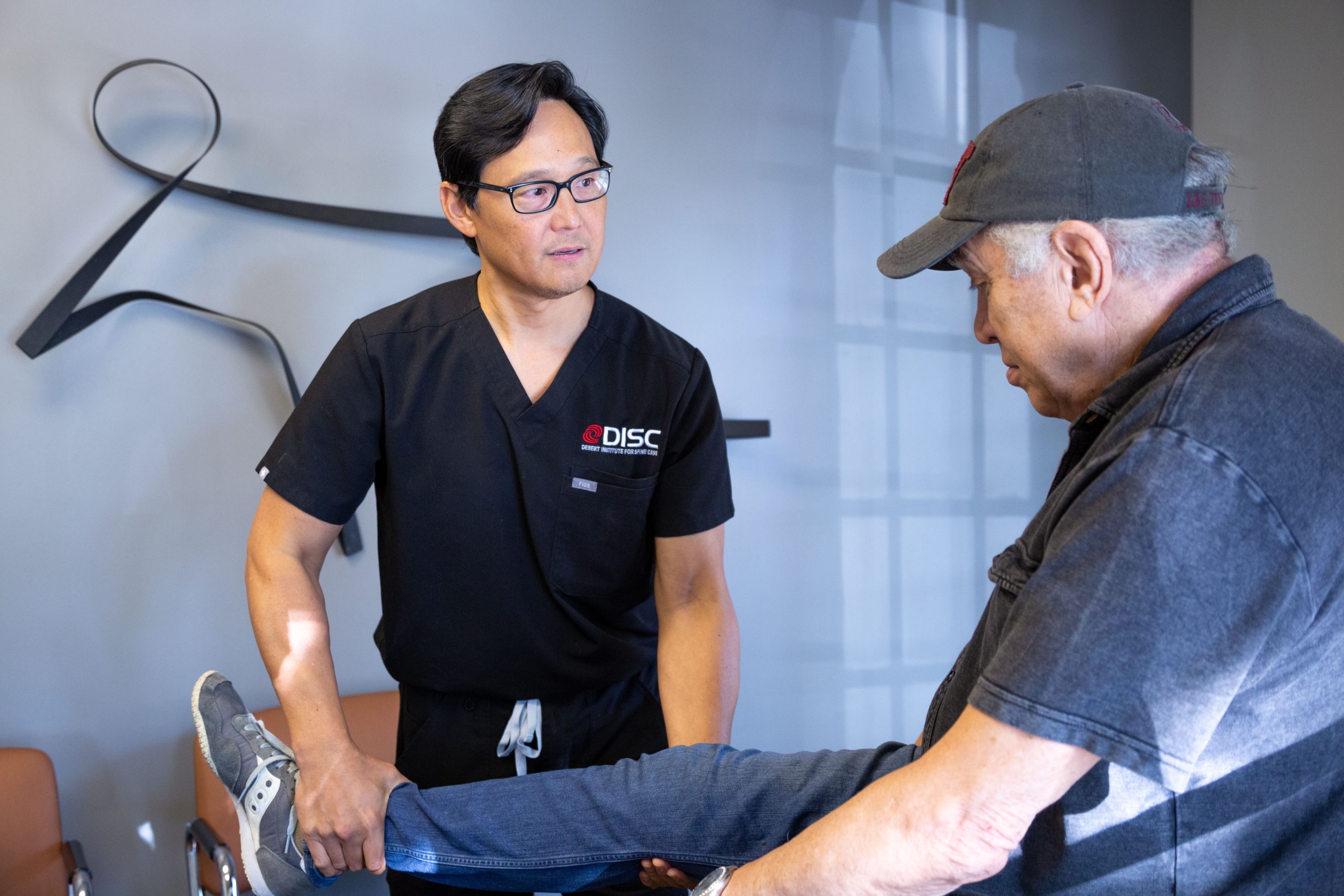
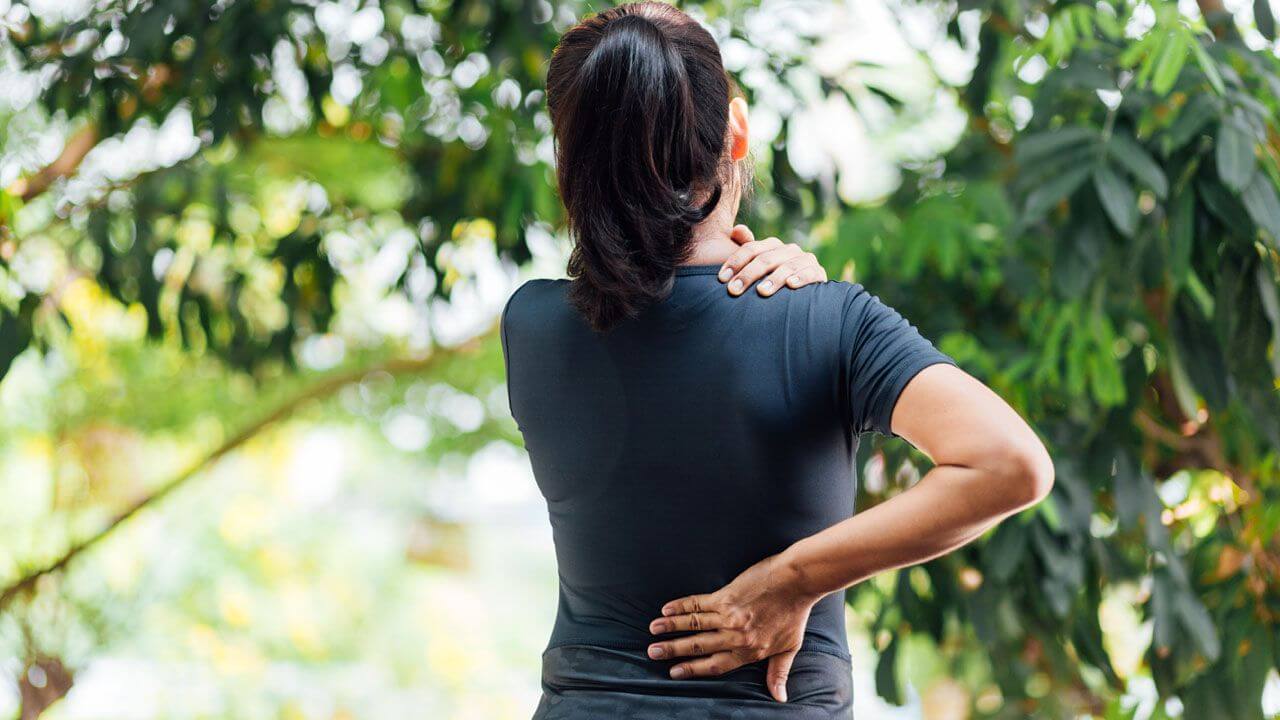
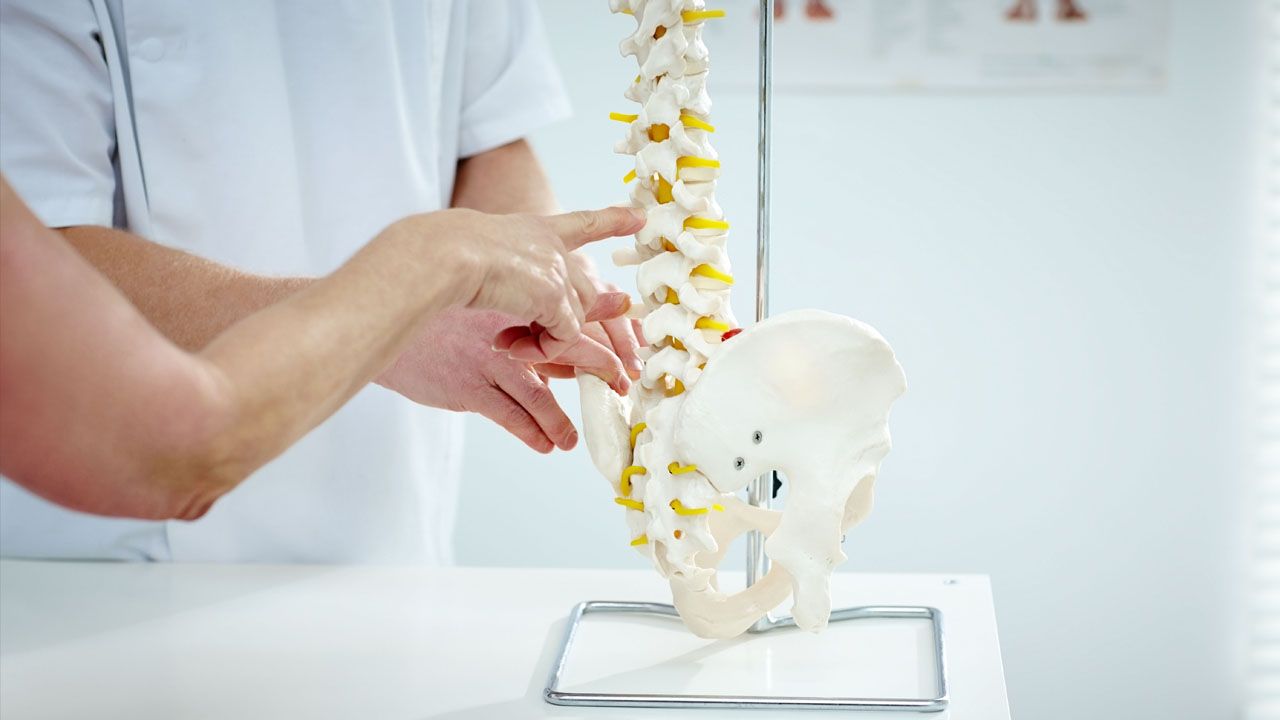
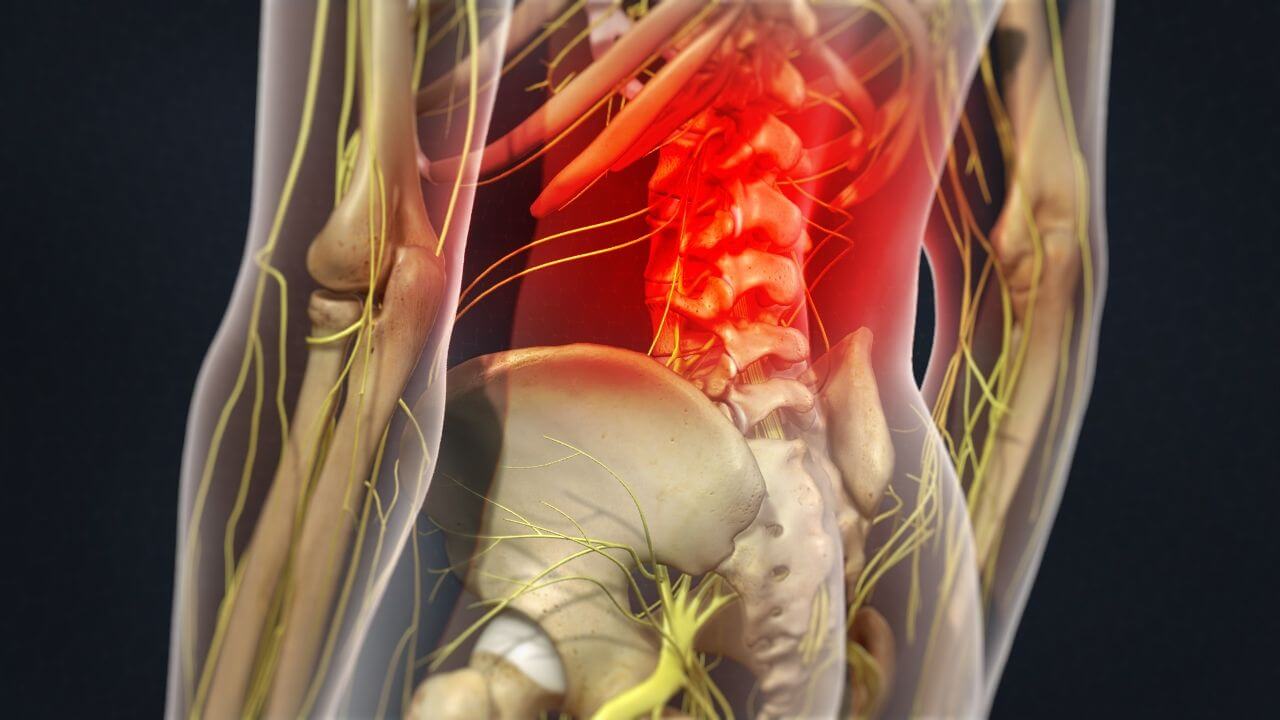
Lower back pain (LBP) is not a condition. Instead, it’s a symptom that indicates the presence of an underlying injury or illness. The lower back or lumbar spine is made up of five vertebrae as well as the supporting muscles and ligaments and intervertebral discs. Facet joints, or hinge-like structures, link the lumbar spine together, allowing it to bend and move.
The lower back bears most of your body’s weight. While the vertebrae in this region are larger, they endure a lot of stress, lifting and movement throughout the years. Because of this, the lumbar spine is more prone to injury than other areas of the back. As you get older, gradual wear and tear can affect the lumbar spine’s many components, especially the facet joints and the rubbery discs between the vertebrae. Injury or simply age-related or work-related degeneration can cause or contribute to low back pain.
Most people have acute LBP, with pain only lasting a few days or weeks. This type of pain responds well to home remedies like rest and over-the-counter pain medications. However, back pain that lasts three months or longer has crossed the line into chronic back pain and should be treated by a doctor.
Your lower back is designed for movement. From stretching and bending to walking and running, the lumbar spine is a mechanical marvel. The most common causes of LBP are related to the mechanical nature of the structures.
Some of the most common conditions leading to lower back pain include:
Age-related degeneration of the spinal discs, joints and bones.
Over-stretching or tearing of the lower back’s ligaments, tendons or muscles, often caused by lifting something improperly or sudden jerky movements.
When the lower back’s intervertebral discs become damaged, dehydrated or deteriorated, this condition can cause severe back pain and other symptoms.
As the intervertebral discs degenerate in the lower back, they can become compressed, bulge outward or rupture, leading to painful symptoms.
The sciatic nerve is the large nerve traveling through the back and extending into the buttocks and legs. Pressure on this nerve root can cause shock-like or burning low back pain that radiates to other parts of the body.
Whether due to sports, a fall or an accident, a traumatic injury can lead to a spinal condition that causes low back pain.
This narrowing of the spinal column can compress the spinal cord and nerves, causing pain or numbness.
Arthritic and degenerative changes to the bones that allow our back to turn and twist, resulting in intense pain and inflammation.
Lower back pain can be described in many ways — sharp, dull and constant, achy, burning or shooting. It may also travel to your buttocks, legs, knees and feet.
Many of the conditions or injuries that cause low back pain are accompanied by other symptoms, including:
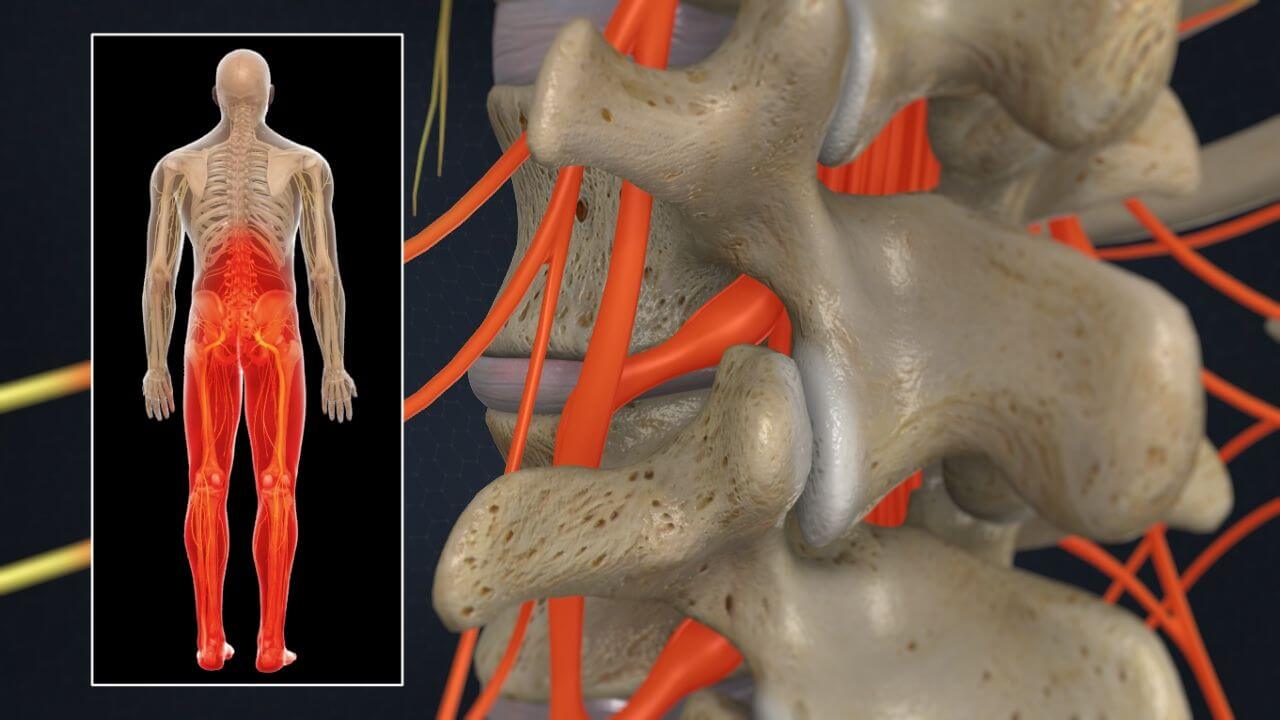


There is a wide range of innovative and effective treatment options for lower back pain and other types of spinal disorders. It all begins with an accurate diagnosis. When you come to a DISC treatment center in Arizona, you will meet with a board-certified orthopedic surgeon who will speak with you and take the time to understand your symptoms. Our proprietary diagnostic technique called Personalized Pain Diagnostics (PPD) pinpoints the specific pain generator so we can develop your unique treatment approach.
DISC surgeons always choose the least invasive option to restore our patients’ lifestyle. Some patients recover and thrive with non-surgical interventions such as medication or therapeutic pain injections. However, if your low back pain symptoms fail to improve after conservative care, we are leaders in minimally invasive spine surgery, including artificial disc replacements and advanced techniques like Selective Endoscopic Discectomy™ instrumentation.
DISC has pioneered another low back pain treatment option called an Endoscopic Rhizotomy. The procedure is the least invasive, yet most effective treatment option for people suffering from low back pain.
Don’t let chronic lower back pain lead to lingering pain and disability. Contact the spinal care experts at DISC to learn more about your treatment options and begin the healing process.
Our spine health blog features up-to-date spine education and expert spine tips from our spine specialists here at DISC.
1635 East Myrtle Avenue Suite 100, Phoenix, AZ 85020, USA
18700 North 64th Drive Suite 105, Glendale, AZ 85308, USA
8630 East Vía de Ventura Suite 210, Scottsdale, AZ 85258, USA
3487 South Mercy Road, Gilbert, AZ 85297, USA
1635 East Myrtle Avenue Suite 400, Phoenix, AZ 85020, USA